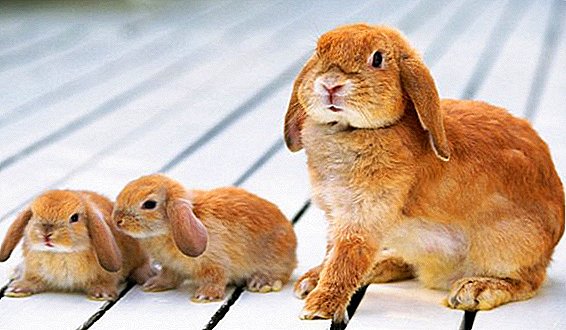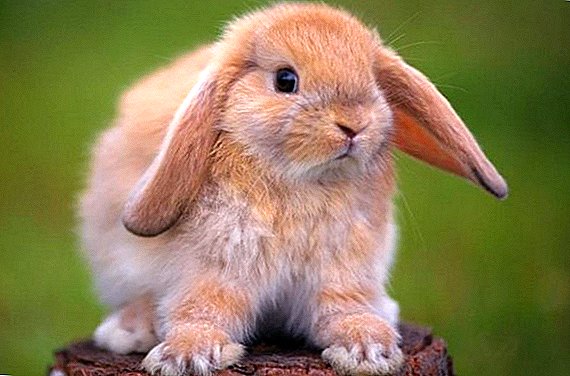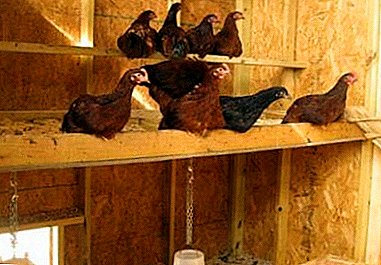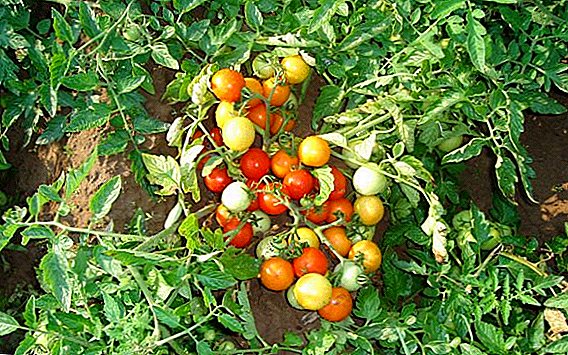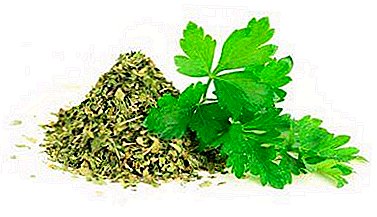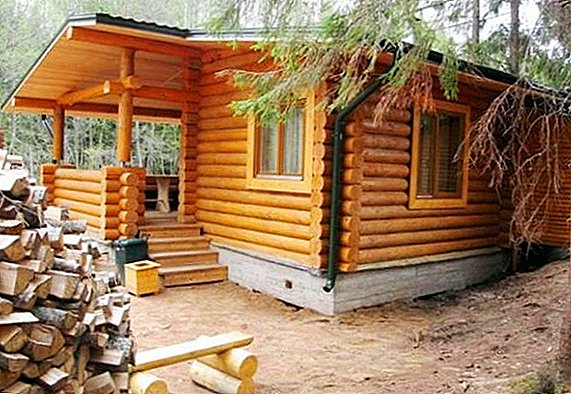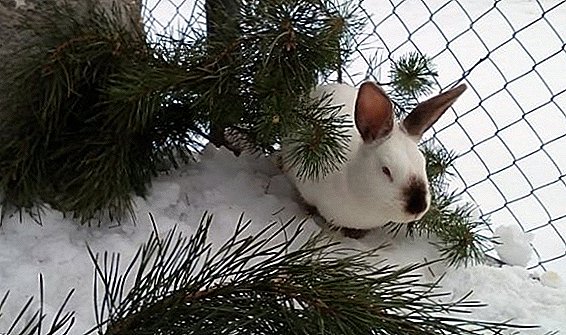 Thick and soft rabbit fur implies good thermal insulation, which is confirmed by the resistance of rabbits to cold and their ability to be in the fresh air throughout the winter at not warm edges. Even with serious - but, of course, not excessive frosts, these animals lead an active lifestyle, if a person provides them with competent and timely assistance. On the types of such assistance and will be discussed below.
Thick and soft rabbit fur implies good thermal insulation, which is confirmed by the resistance of rabbits to cold and their ability to be in the fresh air throughout the winter at not warm edges. Even with serious - but, of course, not excessive frosts, these animals lead an active lifestyle, if a person provides them with competent and timely assistance. On the types of such assistance and will be discussed below.
The advantages of keeping rabbits in the winter outside
To keep the animals in the open air all year round, the benefit is obvious: you do not need to spend money on building an expensive stationary rabbit.  However, there are some other positive aspects of the winter rabbits in the yard:
However, there are some other positive aspects of the winter rabbits in the yard:
- being in the cold strengthens the immune system of animals, hardening their body;
- harmful temperatures for many harmful microbes act as a preventive measure against infectious diseases;
- since fertilizers are not used in winter, the danger of exposure to the rabbits of ammonia vapors that are very harmful to them disappears.
Did you know? Rabbit eyes are arranged so effectively that, without turning their heads, the animal sees from behind as well as from the front.
What temperature do rabbits stand in winter
At temperatures up to -12 ° C, the animals feel quite comfortable, even if at times frost for short periods reaches -17 ° C. Healthy individuals are able to withstand very severe frosts, reaching -30 ° C, but a long stay in such conditions is fraught with sad consequences for the health of animals.
How to keep rabbits in the winter in the cages
The winter keeping of rabbits in cages in the fresh air will be safe if, given the breed of animals, the climatic conditions of their location and the sometimes occurring force majeure circumstances, a person is ready to come to their pets for help in time. 
How to insulate the cells
Since too low temperatures have a bad effect on rabbit health, the cells with animals need to be insulated. The space between the cell and the wall to which it is usually placed should be filled with natural insulating materials:
- straw;
- dry leaves;
- thin branches;
- moss
Learn how to make a cage for rabbits, a shed, a barn, a cottage, a water bowl, a feeding trough and a sennik.
Sometimes it is useful to fill with straw and all the intracellular space, leaving only a place for animals to move around the cage. With strong frosts, it is advisable to cover the cells with blankets or other old things.
Properly place the cells
As already mentioned, usually rabbit cages are placed near the walls of sheds or other buildings. The best place for this is where there are no drafts and there is protection against precipitation.
Important! Do not put cages with rabbits on the ground in winter. With the help of wooden pallets they should be raised to a height of about a meter.
We transfer cells to enclosed spaces.
In force majeure situations, when the temperature drops to excessively low values, that is, below -30 ° C, the cells with animals have to be transferred to enclosed spaces with acceptable temperature conditions. 
The organization of the rabbit in the greenhouse
In the presence of greenhouses idle in the winter, they are very convenient to use for the winter housing of rabbits. Inside the greenhouses, the temperature is somewhat higher than the outside, there are no drafts and winds, inside them the animals are protected from precipitation. Another advantage of keeping animals in greenhouses is their litter, which becomes an excellent fertilizer for plants grown here in spring.
Did you know? Rabbits can chew two chewing movements per second, that is 120 per minute.
Usually in the greenhouses for animals they make an open-air cage, but at the same time, along the perimeter it is necessary to dig into the ground a metal grid to a depth of at least half a meter so that the rabbits, after digging into the ground, do not run.
Rabbit care in winter
Despite the winter period, it is necessary to regularly wash off the pollution from the cells, feeding troughs and drinking bowls, while using disinfectants. Parallel to this, hay litter is replaced in the cage. For cleaning, choose the minimum cold weather, temporarily moving the animals to another place. Particular attention should be paid to the fact that everything in the cell was wiped dry. Otherwise, the cell can be covered with frost. 
Rules of feeding and watering
For successful confrontation of extremely low temperatures, animals need good nutrition.
What to feed rabbits at home
In winter, coarse and concentrated feed should occupy more space in the diet of rabbits. Particular attention should be paid to warm shank, flavored with feed supplements with vitamins.
Read also about how to feed rabbits in the winter.
It is also highly recommended to feed the animals with the following food:
- carrots;
- fodder beet;
- Jerusalem artichoke;
- boiled potatoes.
- birch
- apple trees;
- acacia;
- oak;
- willow;
- alder;
- poplar trees;
- maple.
 Appetite feeds on the animals with spruce needles from the branches that are cut from the trees directly in the winter.
Appetite feeds on the animals with spruce needles from the branches that are cut from the trees directly in the winter.What vitamins to give
Although all the basic vitamins the rabbit in winter is obtained from root vegetables, animals in this period often have a deficiency of vitamins A and D, which is most easily replenished with fish oil. Often, the animals do not have enough vitamin E.
It is useful to learn - how to feed the rabbits feed.
Its shortage can be eliminated by germinated grain or baker's yeast. It is necessary to maintain in the body of animals wintering in the cold and mineral balance. With the help of bone meal, chalk and salt, their bodies are replenished:
- calcium;
- phosphorus;
- sodium;
- chlorine.
How to water if water freezes
The easiest way to continuously provide rabbits with warm water is to buy a waterer provided with heating, factory made. But at the same time this option and the most expensive.  In the absence of a heated drinker, warm water in winter has to be brought into the cage at least twice a day in the mornings and evenings.
In the absence of a heated drinker, warm water in winter has to be brought into the cage at least twice a day in the mornings and evenings.
Important! In winter, rabbits should be watered with exceptionally warm water.
What rabbits are sick in winter
For all its cold resistance, rabbits sometimes get sick with typically winter ailments.
Frostbite
The most common among wintering animals in the fresh air is banal frostbite. As a rule, it happens with a sharp drop in temperature, with cold wind and strong drafts.  Frostbite is of three degrees:
Frostbite is of three degrees:
- At the first degree redness and swelling are observed in areas of skin exposed to frostbite. The consequences of this frostbite are eliminated quite easily - by transporting the injured animal to a warm place and smearing the affected areas with some kind of fat.
- At the second degree blisters appear on the skin of the animal. The participation of the veterinarian in their dissection and subsequent processing with camphor ointment is preferable. The rabbit must be kept in a warm room until the final healing of the wounds.
- At the third degree frostbite leads to drying of the affected skin areas, covering them with wrinkles and subsequent withering away. Without serious treatment in a veterinary clinic is not enough.
Runny nose (rhinitis)
Rabbits, like people, have a runny nose.
Runny nose in rabbits - find out what to treat.
It is of two types:
- catarrhal;
- infectious.
Ordinary (non-contagious)
This type of rhinitis, caused by a cold, proceeds against the background of:
- frequent sneezing;
- clear nasal secretions;
- loss of appetite;
- general lethargy of the animal.
 The sick rabbit needs veterinary care and keeping in a warm room.
The sick rabbit needs veterinary care and keeping in a warm room.Infectious
This type of rhinitis is a complication of the common cold. Transparent nasal discharge, characteristic of colds, turn into greenish purulent. Here, the intervention of the veterinarian and the placement of the sick animal in heat are even more necessary.
Poddermatit
Excessive moisture litter in a rabbit cage in combination with cold can lead to diseases such as poddermatit: it is a skin inflammation on the soles of the legs. In the initial stage of the disease on the rabbit feet appear corns with cracks.  As the disease progresses, the cracks deepen, pus protrudes, and blood may even appear. It requires timely veterinary care in conjunction with the elimination of the causes of the disease. At this stage, treatment is usually successful.
As the disease progresses, the cracks deepen, pus protrudes, and blood may even appear. It requires timely veterinary care in conjunction with the elimination of the causes of the disease. At this stage, treatment is usually successful.
Bloody calluses on the feet
But if the disease is started and progresses, it leads to bleeding on the calluses, accompanied by loss of appetite in animals and a sharp decrease in weight. An urgent surgical intervention is already required here - with it there are still chances for a full recovery.
However, with the further development of the disease, when the tendons, the periosteum and the bones on the legs of the animal are affected, the prognosis for recovery becomes illusory. Even being rather cold-resistant, rabbits, however, are not fully protected from the problems inherent in the winter period.
Find out what rabbits are sick of.
And without the timely help of man, these animals cannot survive in winter. It is necessary to prepare for cold weather in time, especially as the provision of comfortable housing for rabbits does not require special skills and high costs.


